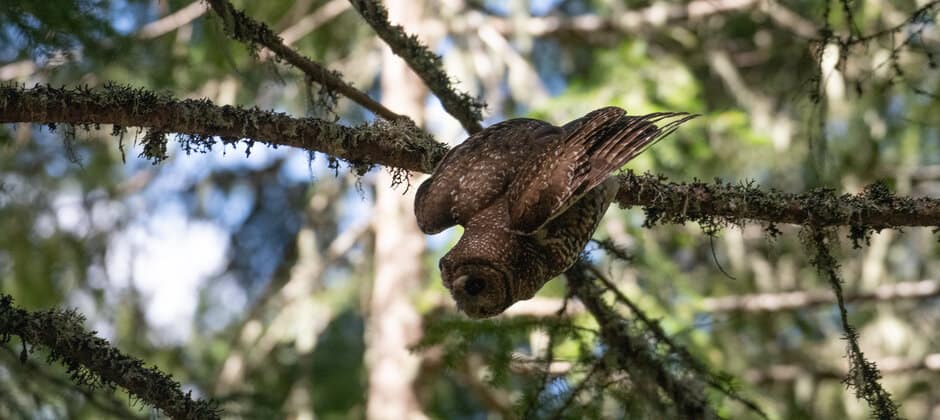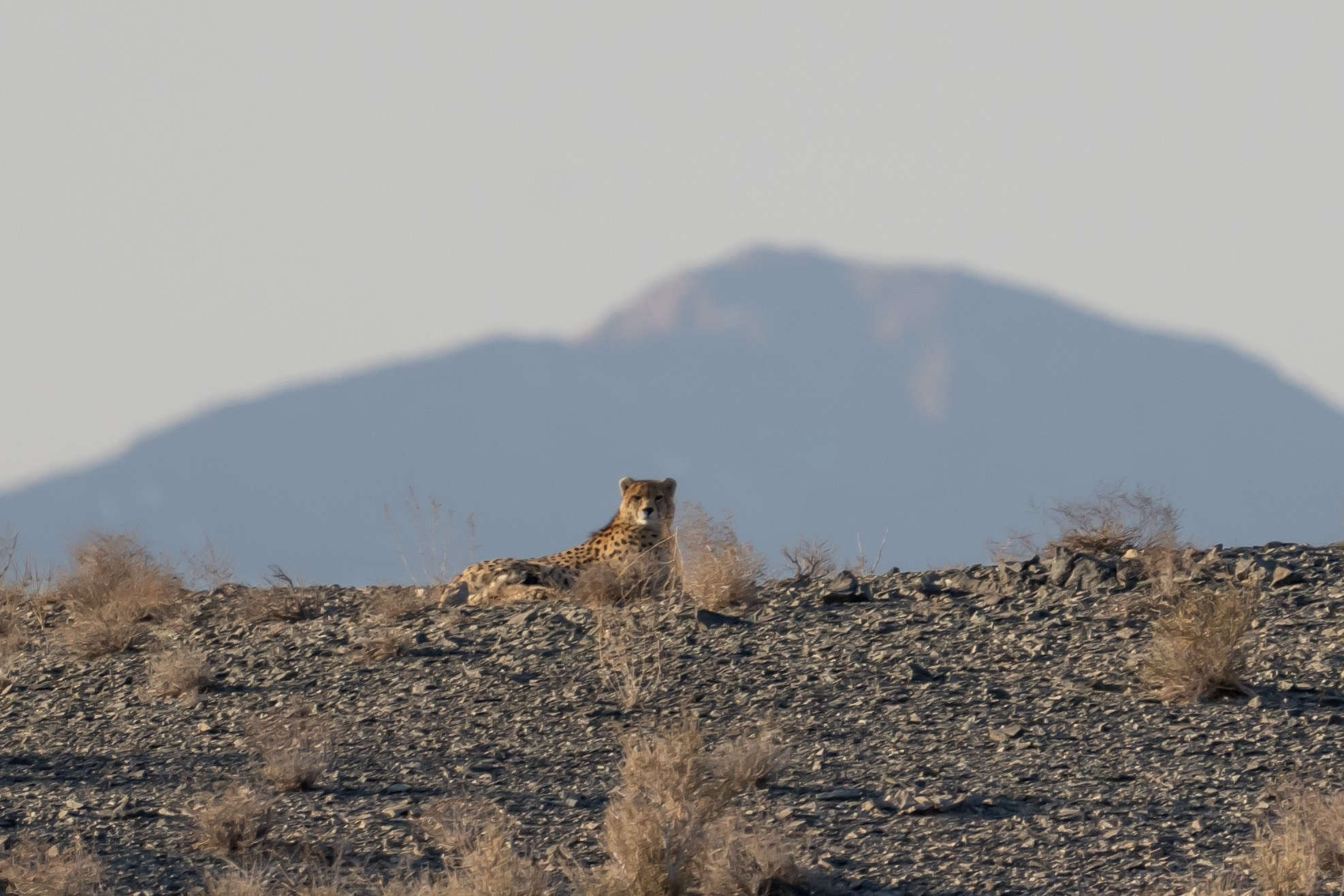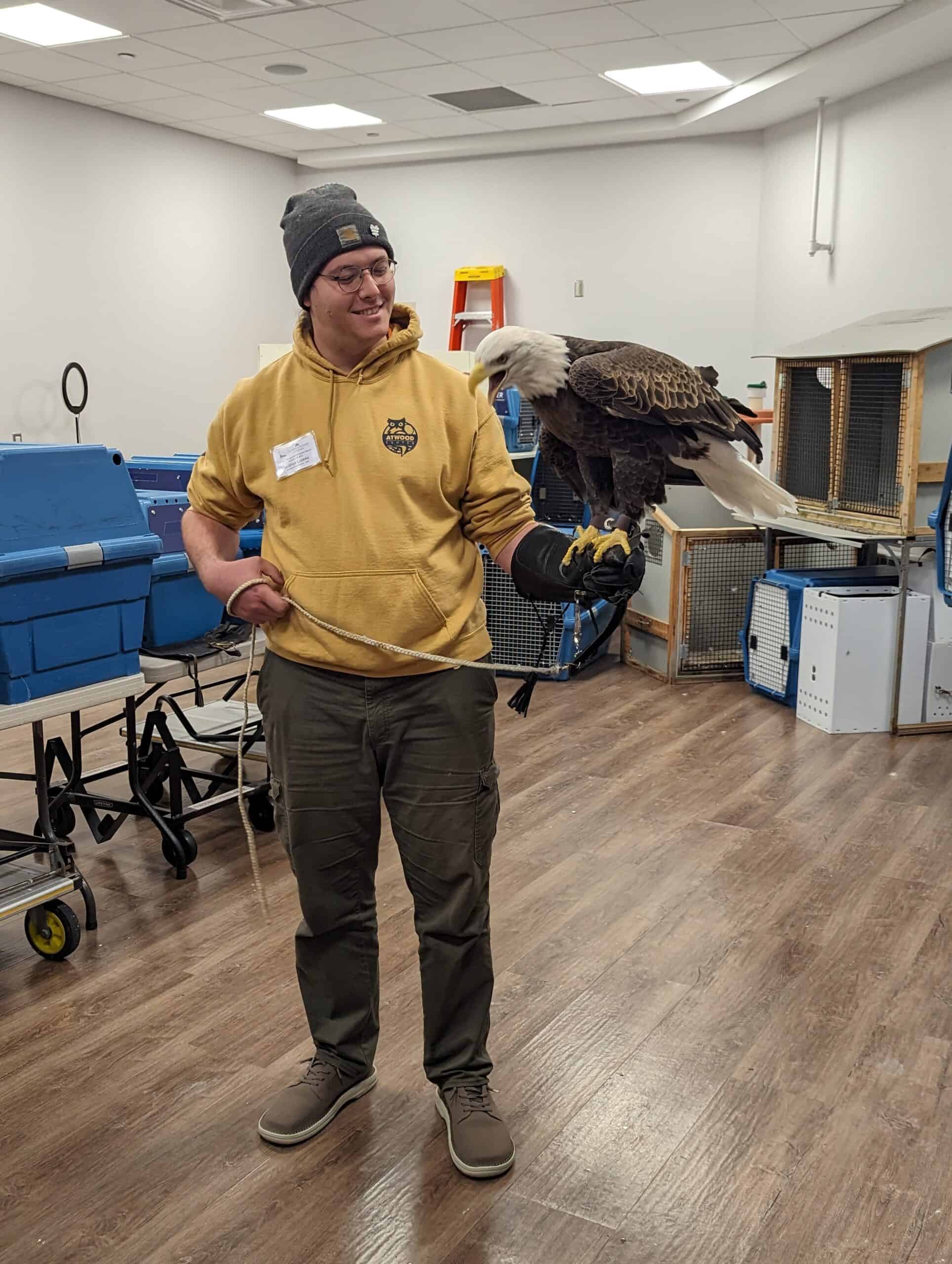Share this article
TWS recognizes authors of stellar wildlife publications
A book on invasive birds, a biography of one of the fathers of wildlife conservation in Canada, and a monograph on the collapse of sea otter numbers in southwest Alaska are among the works that won The Wildlife Society’s 2022 Wildlife Publication Awards.
For the Authored Book category, Michael L. Morrison, Leonard A. Brennan, Bruce G. Marcot, William M. Block, and Kevin S. McKelvey won the award for their 2021 publication Applications for Advancing Animal Ecology. “This is a book that will be a go-to reference for anyone in the wildlife profession,” the Publication Award Committee of TWS said in a statement.
For the Monograph category, authors Martin Tim Tinker, James L. Bodkin, Lizabeth Bowen, Brenda Ballachey, Gena Bentall, Alexander Burdin, Heather Coletti, George Esslinger, Brian B. Hatfield, Michael C. Kenner, Kimberly Kloecker, Brenda Konar, A. Keith Miles, Daniel H. Monson, Michael J. Murray, Benjamin P. Weitzman and James A. Estes won the award for their study, “Sea otter population collapse in southwest Alaska: assessing ecological covariates, consequences, and causal factors,” published in Ecological Monographs. The study, covered on The Wildlife Society’s news section online, highlights that orcas are partly to blame for the collapse on sea otter populations in southwestern Alaska. “This monograph does a superb job framing the results in a manner that does indeed advance both science and management at a level rarely seen,” the statement said.
Colleen T. Downs and Lorinda A. Hart won the Edited Book award for their work Invasive Birds: Global Trends and Impacts published in 2020. Some 79 experts from 18 countries contributed to a book that operates as a “one-stop reference volume” for globally invasive bird species. The book describes the invasive pathways, breeding behavior, natural habitats, diets and current distribution of 32 species. In its statement, the Committee calls the work “a truly global account of the species described and their impacts, giving important insights into how invasive bird species can be monitored and controlled.”
Briony Penn won the Biography/History of Wildlife Biology award for the book The Real Thing: The Natural History of Ian McTaggart Cowan. This biography follows a man many consider “the father of wildlife conservation in Canada,” according to the Committee statement. “One cannot help but be astounded by the contributions and influence on wildlife conservation that this statesman and mentor made to North American ecology,” the statement continued, adding that the book reads more like a novel than a biography in many parts.
The award for Journal Paper goes to J. David Wiens, Katie M. Dugger, J. Mark Higley, Damon B. Lesmeister, Alan B. Franklin, Keith A. Hamm, Gary C. White, Krista E. Dilione, David C. Simon, Robin R. Bown, Peter C. Carlson, Charles B. Yackulic, James D. Nichols, James E. Hines, Raymond J. Davis, David W. Lamphear, Christopher McCafferty, Trent L. McDonald and Stan G. Sovern. Their study “Invader removal triggers competitive release in a threatened avian predator,” published in the Proceedings of the National Academy of Sciences of the United States of America looks at the effects of the removal of invasive barred owls (Strix varia) on the population of the northern spotted owl (Strix occidentalis caurina). “Based on a large-scale and long-term field experiment—something that is quite rare in our discipline—they used multiple lines of evidence to focus on the sources of change in the spotted owl populations, instead of simply examining distribution or abundance, with important implications for management,” the Committee statement said.
The Student Paper category also goes to research involved spotted owls—in this case the California spotted owl (Strix occidentalis). Brendan K. Hobart, Gavin M. Jones, Kevin N. Roberts, Brian P. Dotters, Sheila A. Whitmore, William J. Berigan, Martin G. Raphael, John J. Keane, R. J. Gutiérrez and M. Zachariah Peery published the paper “Trophic interactions mediate the response of predator populations to habitat change” in Biological Conservation. The study examined the way that different kinds of forest management can benefit California spotted owls. “The concise writing style in combination with the balance of actionable management implications and ecological theory ensures that anyone from a research scientist to a private forester will benefit from reading this important contribution to predator ecology and wildlife management,” the Committee statement said.
Header Image: Northern spotted owls typically prefer old growth forests. Credit: Kyle Sullivan, BLM








